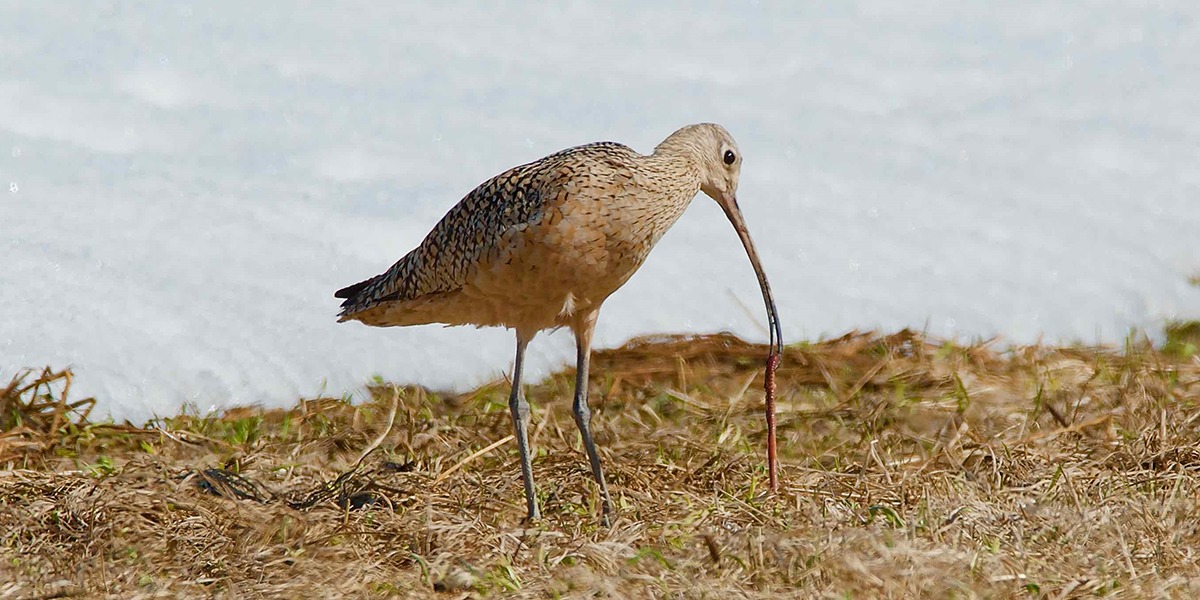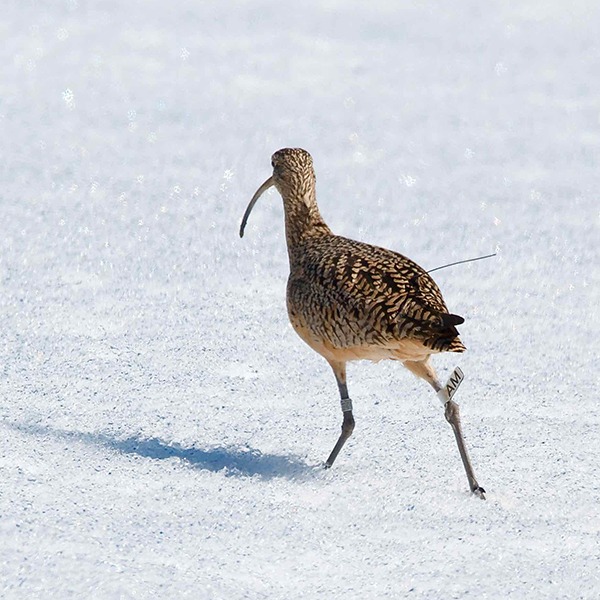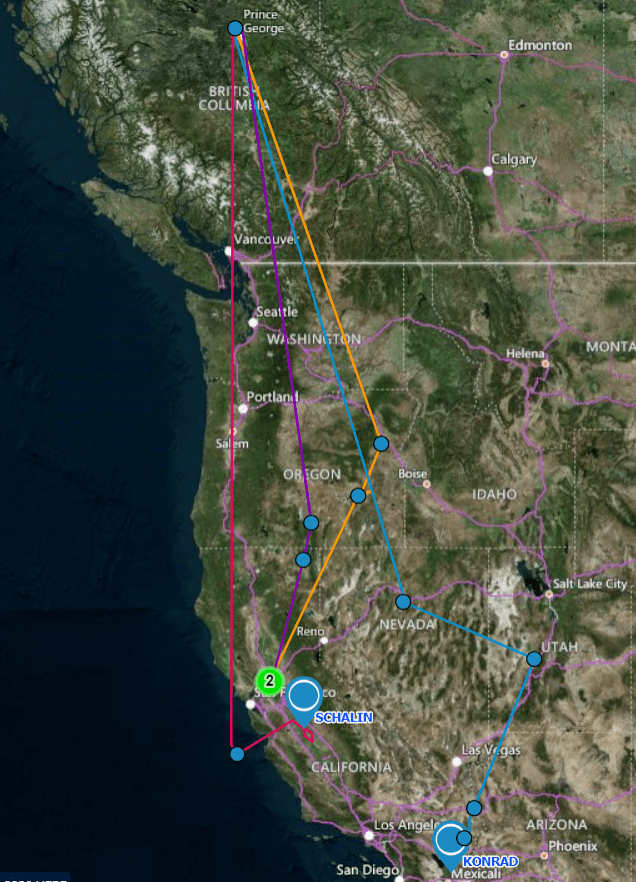In late August, many of Canada’s breeding migratory birds are starting their migration south. But Long-billed Curlews have completed their journey to their non-breeding grounds weeks ago. By this time, Long-billed Curlews from the Prince George, British Columbia area have all returned to California where they will spend the winter foraging primarily in agricultural fields.

We are learning where these birds go throughout the year thanks to a tracking project made possible by collaboration among scientists, birders, and landowners. In 2019, Birds Canada attached satellite transmitters to seven Long-billed Curlews and leg flags to three others to help understand the migratory movements and stopover locations for this northern curlew population. We spent the 2019 breeding season monitoring nesting activity and determining fledging dates with the help of local birders and landowners. Many of those same volunteers made sure to keep the local Long-billed Curlew monitoring effort thriving in 2020.
The return of Long-billed Curlews to Prince George in the spring is eagerly awaited each year, but in 2020, the local curlew excitement was even greater as the arrival of satellite tagged birds could be visualized on this map. While human travel restrictions increased, the Long-billed Curlews were arriving in large flocks to their breeding grounds. Through a a virtual presentation, Birds Canada shared updates on the local birds’ migration movements and provided ways for the local birders to help monitor and document the location, identity, and breeding status of tagged birds they saw.


